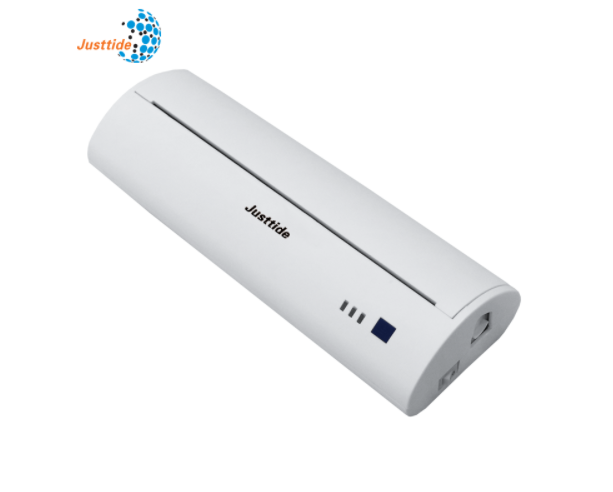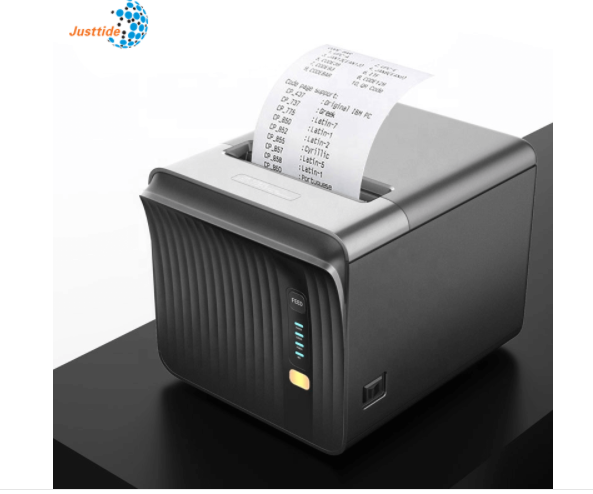Contact Us
to discuss your custom project
Unlike inkjet printers, thermal printers don’t spray liquid ink through a nozzle to produce images. Rather, thermal printers use tiny heating elements to activate or transfer pigments.
Thermal printers are used most commonly to create labels, safety signs, wayfinding markers, barcodes, shipping labels, and other heavily-used items.
There are several reasons to consider a thermal printer for your facility. Here are a few advantages of investing in a thermal printer:
Durable: Labels and signs created with thermal printers last longer and stand up to a wider variety of weather conditions than those printed with ink.
Versatile: Thermal transfer printers can print documents, labels, and signs that meet various needs, including durable arc flash labels, text- and graphics-based floor marking, and labels meant for extreme conditions such as cold storage.
Less maintenance: With fewer moving parts, thermal printers tend to last longer, are easier to maintain, and run more reliably than inkjet printers.

For all the good that comes with using thermal printers, they aren’t without disadvantages and drawbacks. Here are a few complications that may arise from using thermal printers.
Cost: The specialty materials used in the thermal printing process are considerably more expensive than their inkjet counterparts; even the most basic thermal printer may cost hundreds of dollars.
Color choice: Thermal printers print fewer colors, and the high heat limits wax and resin choices; both factors limit color and application options. (For these reasons, users cannot print high-quality photographs with thermal printers.)
Despite these disadvantages, Graphic Products offers a Custom Label Service, which allows employers to design unique labels with up to four spot colors.
Inkjet printers, as the name implies, use ink to print text, graphics, and images onto various types of paper. These printers are most common in homes and small offices, though many commercial printing companies use inkjet printers to produce high-quality brochures, flyers, and other pieces.
There are many reasons a company might opt for an inkjet printer. Here are some common benefits and advantages of choosing an inkjet:
Cost: Inkjet printers, cartridges, and supplies are more widely available—and therefore cheaper—than their thermal counterparts.
Image quality: Even low-end inkjet printers can produce nearly photo-quality images.
Inkjet printers aren’t without drawbacks and disadvantages. Here are a few:
Image durability: Ink-based images may smudge, stain, and run when exposed to moisture, sunlight, humidity, and routine use.
Moving parts: Inkjet printers typically use more moving parts than thermal printers, increasing the chance of breakdowns that require repair or replacement.
Reliability: Stickers, signs, labels, and other printed material may tear and peel too often for reliable long-term use.

Consumables
The paper roll is the main consumable of a thermal printer. By replacing a roll of paper when it runs out, a thermal printer can print approximately 100 kilometres of receipts, which is approximately two million receipts!
Whereas inkjet printers need greater upkeep and use consumables such as; colour cartridges, printer heads and paper which need replacing on a regular basis
Reliability
MTBR (Mean Time Between Failure) is the standard for measuring the average time between failures for any device. In the case of a printer, it is either the average number of lines printed or average length of paper printer before a failure occurs.
Traditionally, thermal printers have a higher reliability due to their minimal number of moving parts. Paper is pulled across a stationary heat mechanism that heats the thermal paper to make the characters and images. Whereas, inkjet printers are more susceptible to error; They are prone to print heads clogging up when the printer isn’t constantly in use, paper feed carriages can break down and ink cartridges can run out, which all leads to the printer being out of action.
Speed
Thermal printers are incredibly fast compared to inkjet printers. A thermal printer can print in excess of 250mm per second, printing in a parallel fashion; compared to an inkjet which prints at approximately 92mm per second, due to the printer head having to move across the paper.
Cost of ownership
Due to the competitive market, the price of a thermal printer has dramatically dropped over recent years. As of April 2012, the average price of a thermal printer on the market is approximately £155 (187.83 Euros), whereas an inkjet printer is approximately £450 (545.27 Euros).
To find out more about thermal POS printing solution range,please do not hesitate to contact us.